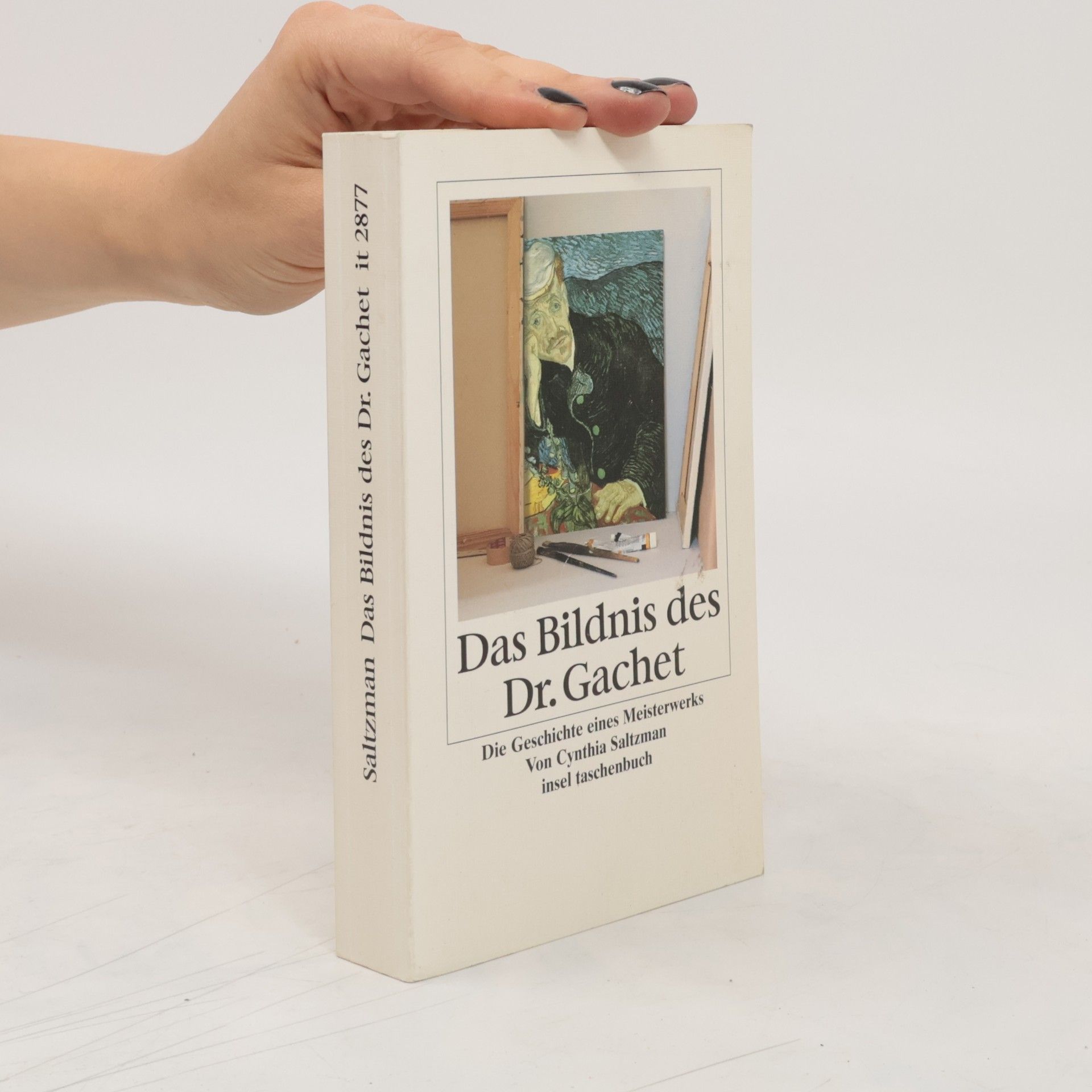Napoleon's Plunder' tells the remarkable story of Bonaparte's obsessive accrual of the spoils of war - his hoarding of art, artefacts and treasures from across the world, ostensibly taken for the French nation, but also very much for his own personal aggrandisement. For as his conquering army cut a swathe through Europe and North Africa, Napoleon demanded of his defeated enemies their most valuable statues and paintings. And the Emperor wanted nothing but the best, directly targeting the most magnificent works of the High Renaissance - the sculptures of Leonardo Da Vinci and Michelangelo, the paintings of Raphael, Titian and Veronese. This unrivalled haul was placed on display in in the Louvre, the former palace of the French kings which Napoleon transformed into the greatest museum in the world - a museum that professedly belonged to the French people, but which was, too, a monument to Napoleon's power. In a wonderful narrative voice, Cynthia Saltzman interweaves the stories of Napoleon's military campaigns, uncovering the intricate negotiations through which he obtained his loot, with the histories of the plundered works themselves, exploring how these great masterpieces came into being. As much as a story of military might, this is an account of one of the most ambitious cultural projects ever conducted. The author ends with a reflection on the nature of art collecting in the past and the controversy surrounding the provenance of art today
Cynthia Saltzman Knihy





Delving into the world of art theft, this narrative explores the relentless quest for the most exquisite paintings, revealing the lengths to which individuals will go to possess these masterpieces. It captures the intrigue and danger surrounding the art market, highlighting the intersection of beauty, greed, and crime. Through vivid storytelling, readers are drawn into a captivating exploration of the art world's darker side and the allure that drives collectors and thieves alike.
Plunder
- 336 stránok
- 12 hodin čítania
"History of Napoleon's art looting of Italy and the subsequent formation of the Louvre"-- Provided by publisher
The Portrait of Dr. Gachet
Story Van Gogh's Last Portrait Modernism Money Polits Collectors Dealers Taste G
- 448 stránok
- 16 hodin čítania
The journey of Vincent van Gogh's Portrait of Dr. Gachet unfolds through the lives of its thirteen extraordinary owners, revealing a rich narrative of modernist art and the art market's complexities. From avant-garde collectors to a Nazi elite member who sold it as "degenerate art," each figure significantly influenced the painting's history. This book intricately explores the cultural dynamics and historical forces that shaped the art world, offering a compelling look at both the painting and its impact on society.
Das Bildnis des Dr. Gachet
Geschichte eines Meisterwerks
»Eine einzigartige und faszinierende Biographie: die Geschichte eines Gemäldes. « The New York Times Nur wenige Wochen vor seinem Selbstmord am 28. Juli 1890 malte Vincent van Gogh das Porträt seines Arztes Dr. Paul-Ferdinand Gachet. Es sollte zum berühmtesten – und teuersten – Werk der modernen Kunst werden. Nach dem Tod des Malers kam das Bild in den Besitz seines Bruders, des Kunsthändlers Theo van Gogh; seine Witwe verkaufte es später für 300 Francs an eine dänische Sammlerin. 1990, hundert Jahre nach Entstehung des Gemäldes und einer abenteuerlichen Reise um die Welt, zahlte der japanische Kaufmann Ryoei Saito dafür bei einer aufsehenerregenden Auktion in New York die Rekordsumme von 82,5 Millionen Dollar. Seit kurzem jedoch gilt »Das Bildnis des Dr. Gachet« als verschollen. Der 1996 verstorbene letzte Besitzer soll nach dem Erwerb den Wunsch geäußert haben, mit dem Bild bestattet zu werden. Das würde bedeuten, es wurde mit ihm verbrannt … Das Bild wurde zum Inbegriff der modernen Malerei. Cynthia Saltzman zeichnet die wechselvolle Geschichte des Bildnisses nach, eine Geschichte, die auf besondere Weise mit Kultur, Politik und Kommerz des 20. Jahrhunderts verknüpft ist.